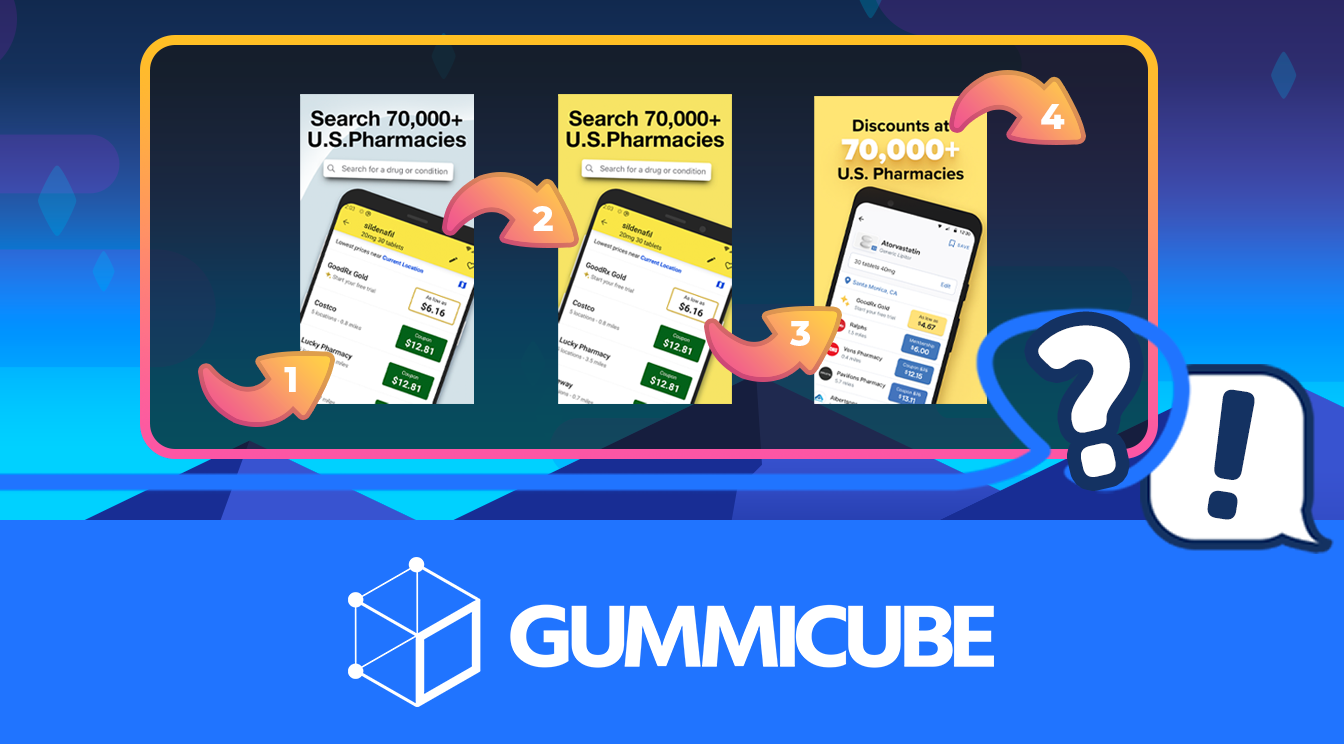ASO for Local City Apps
November 16th, 2019


by David Quinn
VP of Strategy & Partnerships at Gummicube, Inc.
The app market is global, but not all apps are meant for users worldwide. Some apps are designed for specific countries, states or even individual cities. When an app targets a smaller market, it’s especially important that it can reach and convert users from that region. That’s why App Store Optimization is important for apps built for users in a specific city.
Metadata
An app’s metadata determines what searches it appears in and how it ranks for certain terms. When a developer is optimizing an app for a specific location, they should be sure to include keywords important to that location.
This requires research into what keywords are high volume for the location. For instance, someone developing an app based around Philadelphia will want to check if “Philly” is a high-volume keyword, while a San Francisco app may want to research the volume for terms like “SF” and “Bay Area.”
It’s important that user-facing metadata fields highlight the locations as well. The app’s title, as well as the subtitle on the Apple App Store, can quickly tell users what city the app is intended for. For instance, an app called “SubMaps” may be focused on New York subway transit, so it should indicate this by adding a keyword-focused phrase like “New York Transit Maps” to its title or subtitle. This helps ensure that the app appears in searches for the city and signals to users that it’s relevant to the specific location.
Description
Another customer-facing element that should focus on city-centric localization is the description. Writing a description tailored to the local audience serves multiple purposes.
First, it should make it clear where the app is intended for. If an app provides local traffic alerts, focusing on “California traffic” in the description is only helpful if the app is for all of California. Otherwise, it should state “San Diego traffic” or “San Francisco traffic,” that way users won’t download it and be surprised when it doesn’t provide traffic alerts for Los Angeles. The app should still target “California” keywords, but it also needs to make it clear where exactly in California it works.
Second, the app’s description can connect with the audience by focusing on local tastes and specialties. For instance, a food delivery app in Chicago may want to call out deep dish pizza, while one made for Philadelphia may want to talk about cheesesteak. Be sure to consider the customer as well - users visiting the city may want a city guide for famous local flavors, while people who live there might prefer a wider variety of restaurants and options.
The description can also help set up user expectations. If a user finds an app for finding apartments in a city, they should know from the description that it’s only for that area. That way, they won’t be frustrated if they can’t search for homes outside of the city but will be pleased if their apartment search provides relevant results for the city they’re moving in.
Calling out locations in the city can also help; landmarks, tourist traps, local parks and so forth can signal to users that it is built for giving visitors and tourists a guide to the city. Including other important locations that may be less famous but more renowned among locals can show users the app relates to the city that they know and love.
Creatives
Localizing creatives is important for any app, but for an app based in a certain city, it’s essential that the creatives are designed for the location. Including local landmarks or famous buildings in the screenshots can signal to users that it’s related to their city. If the app includes a map, the map locations on the screenshot should be familiar to residents.
A map local to a location should show users that it knows its way around the city. Using screenshots with familiar and recognizable places is a good way to signal to users that the app does relate to the place they live. The app’s purpose is important here as well - tourists may want information about landmarks, but those might not mean as much to locals. Having a mix of attractions and “in the know” locations can potentially appeal to both.
Apple Search Ads
For apps available on the iOS App Store, Apple Search Ads (ASA) can help target users in distinct locations. In addition to targeting territories, Search Ads campaigns can bid on city-focused keywords and target users in those cities. An ad for an app that delivers food in Portland won’t appeal to users in Atlanta, so the app’s developer can have the ads focus on users in or near Portland.
City-based targeting is not available for the app’s general availability, so the app can still be discovered and downloaded by users outside of the location. Since Search Ads does allow ads to target specific cities, you can keep your spending geared towards the users you want in the city you’re serving it to.
If the ad gets clicks, it can also help the app’s organic growth for the terms it targets. Running a search ads campaign that targets keywords like “NYC” and “New York” can help an app built around New York City improve its ranking for those keywords, ensuring that people searching for apps for their New York trip can find it.
Overall
App Store Optimization is a great way to ensure your app gets in front of as many users as possible, and that the users finding it are the ones who need it. For apps focused around certain locations, this can be a vital tool for ensuring their apps appear in the right searches and convert users. This requires optimizing the metadata fields, description and creative set, as well as running location-based Search Ads campaigns. With a proper ASO strategy, an app built for use in a specific city can appeal to locals, tourists and anyone else in the neighborhood.
Want more information regarding App Store Optimization? Contact Gummicube and we’ll help get your strategy started.
Similar Articles

Posted on October 6th, 2023
Ghostly happenings are among us... and in your app listing too? If you aren't leveraging the power of app seasonality to make relevant tweaks to your store listing you're leaving precious engagement and conversions on the table.

Posted on November 8th, 2021
Developers on the iOS App Store should plan in advance of the upcoming Holiday Schedule to allow enough time for apps to get approved during the busy holidays.

Posted on November 1st, 2021
App Store Optimization is an involved process that should be regularly revisited based on recent changes in trends. Iteration is one of the key drivers for success in ASO.





